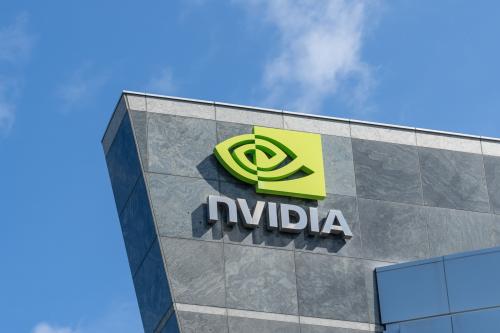“Are we alone in the Universe?”
That question has intrigued humans for eons, but even with today’s latest technology — spacecraft exploring the solar system’s outer reaches, eagle eyed telescopes peering into distant galaxies and radar dishes continually eaves dropping on the cosmos — there still isn’t a definitive answer.
But groundbreaking research from Howard University’s department of chemistry led by Jim Cleaves, Ph.D., the new chair of the department, promises to finally put the question to rest.
“The holy grail of astrobiology is detecting life beyond earth and our technique uses instruments that are already on spacecraft that can detect with 95% confidence whether a sample is derived from living systems,” said Cleaves, who is also president of the International Society for the Study of the Origins of Life.
“This general approach could be used for all sorts of chemical diagnostics,” he said. “There are so many possibilities.
A grant from the John Templeton Foundation funded the research. The Proceedings of the National Academy of Sciences Journal published Cleaves and his team’s findings.
The revolutionary technique uses machine learning to quickly and reliably determine whether matter contains past or present life based on a simple pyrolysis–gas chromatography–mass spectrometry (Py-GC-MS) chemical analysis instruments. Cleaves said many existing spacecraft and rovers are already equipped with Py-GC-MS analysis, meaning they can likely search for signs of life before samples are returned to Earth.
“The fact that you can do this in situ is pretty cool,” he said.
The breakthrough came through using artificial intelligence (AI) to quickly detect biological patterns with remarkable accuracy, even in samples that were hundreds of millions of years old. To do so, Cleaves and his team trained the AI models with multidimensional data from molecular analyses of 134 known abiotic or biotic carbon-rich samples.
Cleaves compared the AI/machine learning technique to facial recognition on a phone. “Basically, you have a contour map and you’re comparing this data against a library of other contour maps — if they are similar enough, there you go,” he said.
The algorithm’s ability to detect biological patterns rather than terrestrial markers such as DNA or RNA is also important. “We don’t know what life beyond Earth will be like, so the test needs to be agnostic about what is biotic. Cells are more or less cells on Earth, but Martians don’t have to use DNA to pass on heritable information,” Cleaves said.
But the test can do more than just answer extraterrestrial questions.
The technique could settle one of the biggest questions about when life began on Earth through an analysis of the oldest known cherts and shales. “We suspect that life started on Earth about 3.5 billion years ago, but there’s still some doubt about on the quality of the evidence. This could help put that question to rest,” he said.
In the future, Cleaves said the diagnostic tool could be applied in other novel ways. For instance, he said the tool could track illegal lumber traffic, because it can quickly determine the type of tree and the region it came from. The same method could be used to detect disease markers in humans. “This general approach could be used for all sorts of chemical diagnostics,” he said. “There are so many possibilities.”





